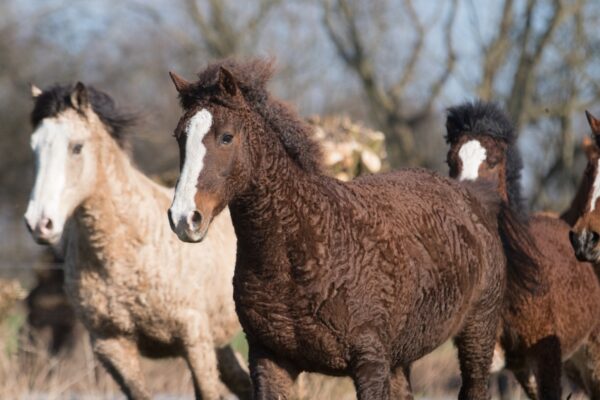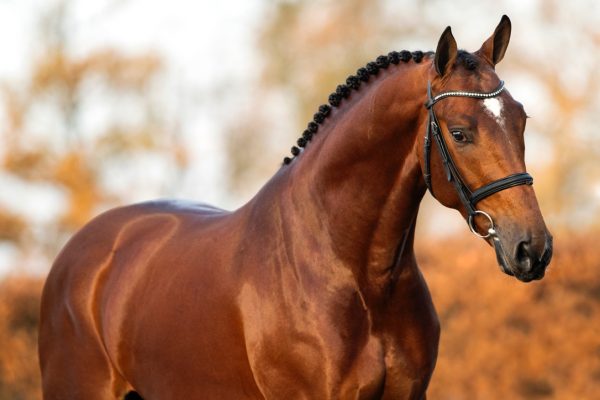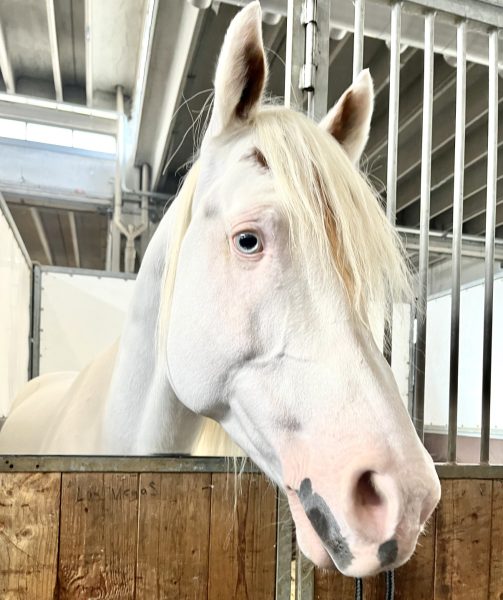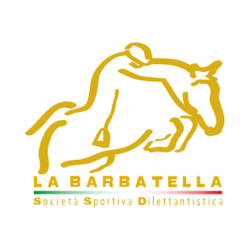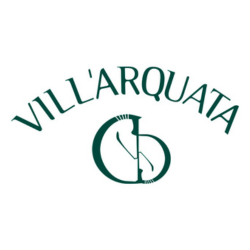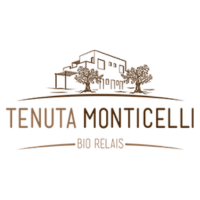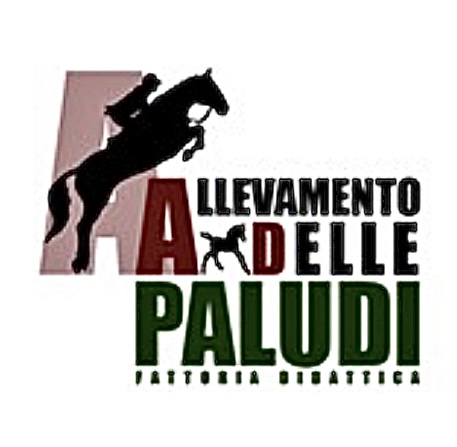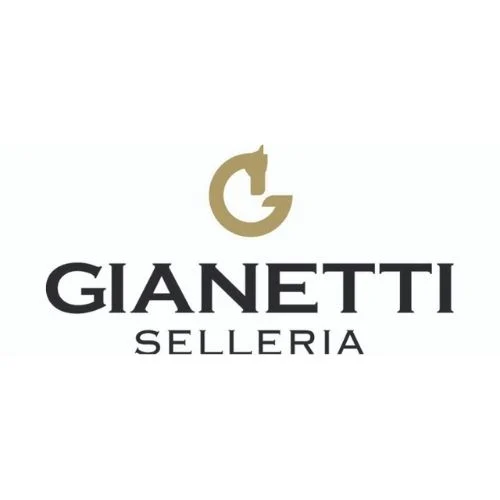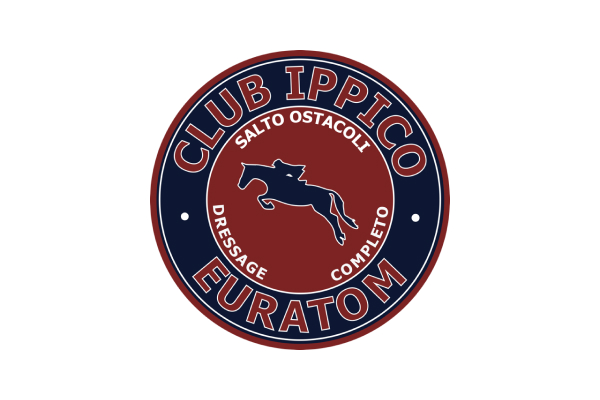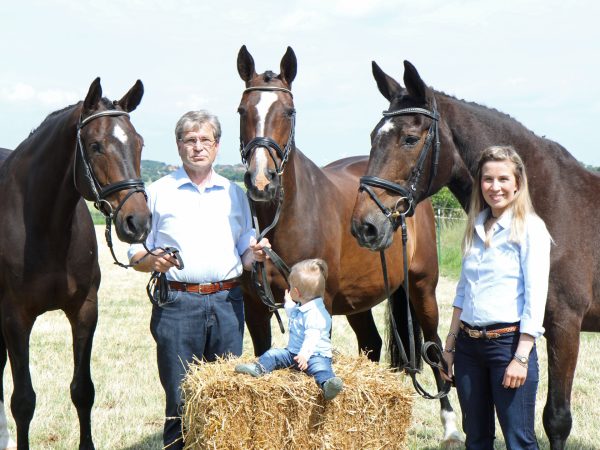
Breeding and Conservation Programs to Preserve Horse Breeds
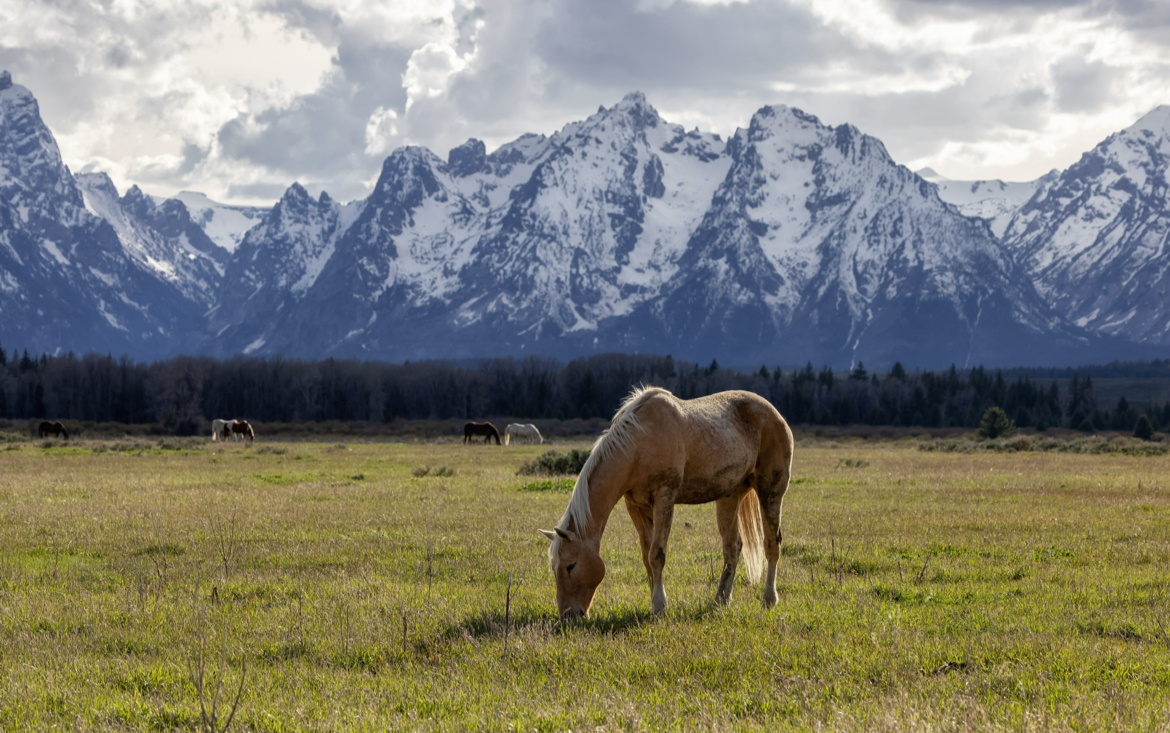
In the world of equestrianism, where the beauty and power of horses have captivated people for centuries, a concerning threat arises: some horse breeds are slowly disappearing, endangering the genetic diversity that characterizes these extraordinary animals.
The Need for Conservation
Preserving equine genetic diversity has become a priority for horse enthusiasts and industry experts alike. The loss of a breed represents not only the disappearance of a genetic heritage but also the loss of an important piece of equestrian culture.
To address this challenge, conservation programs have been developed to preserve threatened breeds. These programs involve a variety of activities, including selective breeding, promoting responsible adoption, and raising public awareness about the critical situation of these breeds.
Endangered Horse Breeds at the Forefront
Italy’s equestrian heritage, rich in unique and ancient breeds, is facing a truly challenging task as many of these breeds are threatened with extinction, as also stated by the RARE Association.
Among the most critical breeds are the Pony di Esperia, the Salernitano Horse, the Neapolitan Horse, the Ventasso Horse, the Sanfratellano Horse, the Bardigiano Horse, the Maremmano Horse, the Murgese Horse, and the Catria Horse.
Pony di Esperia: A Gem from Southern Lazio
The Pony di Esperia, a small-sized gem with a lively temperament, has its roots in southern Lazio. With a height ranging from 500 cm to 1.5 m, this pony is primarily used for saddle work today. Its presence is increasingly limited, making it the subject of various conservation programs.
Salernitano Horse: Memories of Competitions and Galloping Races
The scenery of the provinces of Caserta, Naples, and Salerno was once animated by the Salernitano Horse. A breed that graced the tracks in galloping races, equestrian competitions, and show jumping. Unfortunately, its presence has dwindled, and conservation programs are essential to preserve its legacy.
Neapolitan Horse: An Ancient Breed in Decline
The Neapolitan Horse, with its ancient origins, is now bred only in a few specimens in the provinces of Caserta and Naples. Although predisposed to medium-light draft and saddle work, its reduced population requires urgent attention to ensure its survival.
Ventasso Horse: Surveillance in the Mountains of Reggio Emilia
The Ventasso Horse, distributed in about fifty farms among the mountains of Reggio Emilia and neighboring provinces, is known for its adaptability. Used in equestrian tourism, it is essential to protect this horse that embodies the blend of history and nature.
Sanfratellano Horse: Between Nebrodi Mountains and Conservation Needs
The Sanfratellano, a Sicilian horse living almost wild on the slopes of the Nebrodi Mountains, requires targeted interventions to preserve its uniqueness. Its existence, without shelters or regular food supplies, epitomizes the need to protect breeds in more critical conditions.
Bardigiano Horse: A Reliable Companion for Countryside Riding
The Bardigiano Horse, known for its docility and reliability, finds its home in mountain pastures. Its semi-wild life for eight months a year underscores the need to protect this breed valued for countryside riding.
Maremmano Horse: Robustness and Adaptability
The Maremmano Horse, with its robustness, adapts well to life in the wild. Its predominant presence in pastures requires constant attention to ensure its survival.
Murgese Horse: Docility and Balance
The Murgese, known for its docility and balance, has become a valued companion in equestrian tourism. Its wild nature requires a traditional approach to breeding, whether in the wild or semi-wild, systems still widely adopted.
Catria Horse: A Rustic Breed in the Marche Region
The Catria Horse, a rustic breed, primarily inhabits the wild in the Marche region. Its ability to exploit even the most modest pasture resources makes this breed a crucial element of the local equestrian heritage.
Conservation Programs
In various parts of the world, horse enthusiasts, breeders, and institutions are collaborating to implement conservation programs. These efforts include creating equestrian reserves, promoting specific competitions for endangered breeds, and genetic research to ensure responsible management of remaining populations.
Crucial Role of Breeders
Breeders play a crucial role in ensuring the genetic diversity of horse breeds. Their commitment to maintaining pure bloodlines and actively participating in conservation programs is essential for the success of these efforts.
Breeders who understand the importance of conservation actively participate in programs dedicated to threatened breeds. They collaborate with equestrian institutions and associations, contributing their expertise and knowledge. This active involvement may include managing controlled breeding programs and providing financial support and promoting awareness initiatives within the local community.
In many cases, knowledge of traditional breeding practices is passed down from generation to generation within families that have been engaged in this work for decades. This link between past and present enables the preservation not only of genetic diversity but also of ancient cultural traditions related to horse breeds.
Preserving the genetic diversity of horses is not just a matter of biological conservation but also of preserving centuries-old traditions and a precious cultural heritage. A collective effort is needed to ensure that these magnificent breeds are not lost but continue to enrich the world for generations to come.
Their beauty, strength, and history deserve to be celebrated and protected so that they can continue to inspire and enchant people around the world.
© Rights Reserved.





